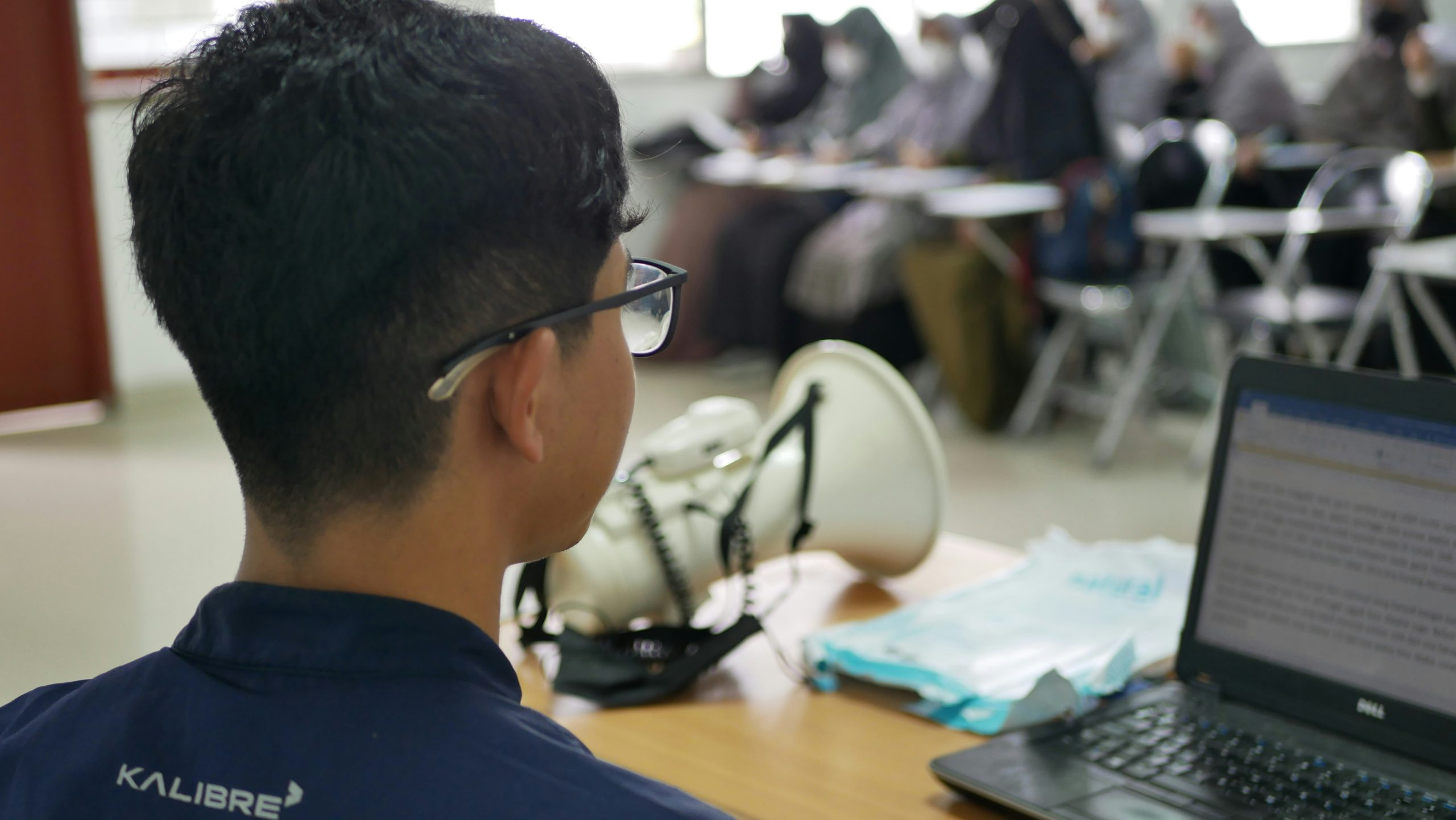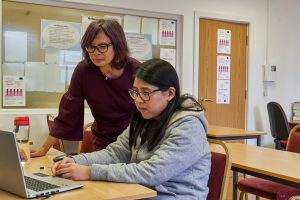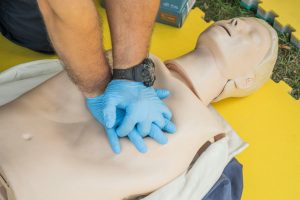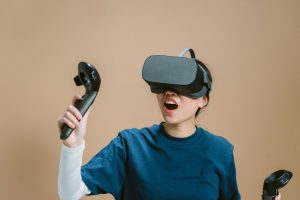Flipped Classrooms: Changing the Way Students Learn
Welcome to the future of education! Flipped classrooms have revolutionized the traditional way of learning by turning it on its head. This innovative approach to teaching and learning has been gaining popularity in recent years, and for good reason. Flipped classrooms not only change the way students learn, but also the way teachers teach. This article will delve into the concept of flipped classrooms and how it is transforming education for the better.
The Basis of Flipped Classrooms
So, what exactly is a flipped classroom? Simply put, it is a teaching model that shifts the focus of instruction from the teacher to the student. In a traditional classroom, the teacher stands at the front of the room and delivers a lecture, while students take notes and try to absorb all the information. However, in a flipped classroom, the teacher records the lecture and assigns it as homework for students to watch before coming to class. This allows for the class time to be spent on hands-on, interactive activities related to the lesson.
Flipped classrooms are based on the principle of active learning, where students are actively engaged in the learning process rather than just passively listening to a teacher. By watching the lecture at their own pace, students can pause, rewind, and re-watch as needed, which can lead to better understanding of the material. Furthermore, students come to class prepared and ready to participate, resulting in a more engaged and meaningful learning experience.
The Advantages of Flipped Classrooms
Improved Student Engagement
The biggest advantage of flipped classrooms is the increase in student engagement. By moving the lecture outside of the classroom, students are able to take control of their own learning. They can watch the lectures at their own pace, in an environment that is comfortable and conducive to learning. This self-directed approach allows students to take ownership of their learning and fosters a sense of independence.
In a traditional classroom, students often zone out during lectures, feeling disengaged and disconnected. However, in a flipped classroom, students are actively participating in class discussions, hands-on activities, and group projects which promote collaboration and critical thinking skills. This not only results in a more enjoyable learning experience for students, but also leads to better retention and understanding of the material.
Personalized Learning
Every student learns differently, and a one-size-fits-all approach to teaching may not be effective for all students. Flipped classrooms allow for a more personalized learning experience as students can watch and re-watch lectures at their own pace, focusing on areas they struggle with the most. This allows for a more individualized approach to learning, catering to the unique needs and learning styles of each student.
In a traditional classroom, students are often left behind if they don’t understand a concept, as the pace of the lesson moves on. However, in a flipped classroom, students can review the lecture until they fully grasp the material, resulting in a better understanding and improved academic performance.
More Time for Interactive Activities
In a traditional classroom, the majority of the lesson is spent on lectures, leaving very little time for hands-on activities. However, in a flipped classroom, students are already familiar with the lecture material, allowing for more class time to be devoted to interactive and engaging activities.
These activities can range from simulations and experiments to group discussions and debates, all of which promote critical thinking and problem-solving skills. This not only makes the class more enjoyable for students, but also helps to reinforce the concepts being taught.
The Impact on Teachers
Flipped classrooms not only benefit students but also have a positive impact on teachers. By eliminating the need to lecture during class time, teachers have more time to prepare engaging activities and provide individualized support to students. This also allows for more opportunities for teachers to get to know their students and their learning styles, leading to a more effective and personalized teaching approach.
In addition, by assigning lectures as homework, teachers can spend more time on classroom management and developing positive relationships with their students. This results in a more positive and collaborative learning environment for all.
In Conclusion
Flipped classrooms are changing the way students learn, making it a more engaging and meaningful experience. By flipping the traditional classroom model, students are taking control of their own learning and have more opportunities to actively participate in the learning process. This not only benefits students but also has a positive impact on teachers. As we continue to see the evolution of education, it’s clear that flipped classrooms will play an important role in shaping the future of learning.










